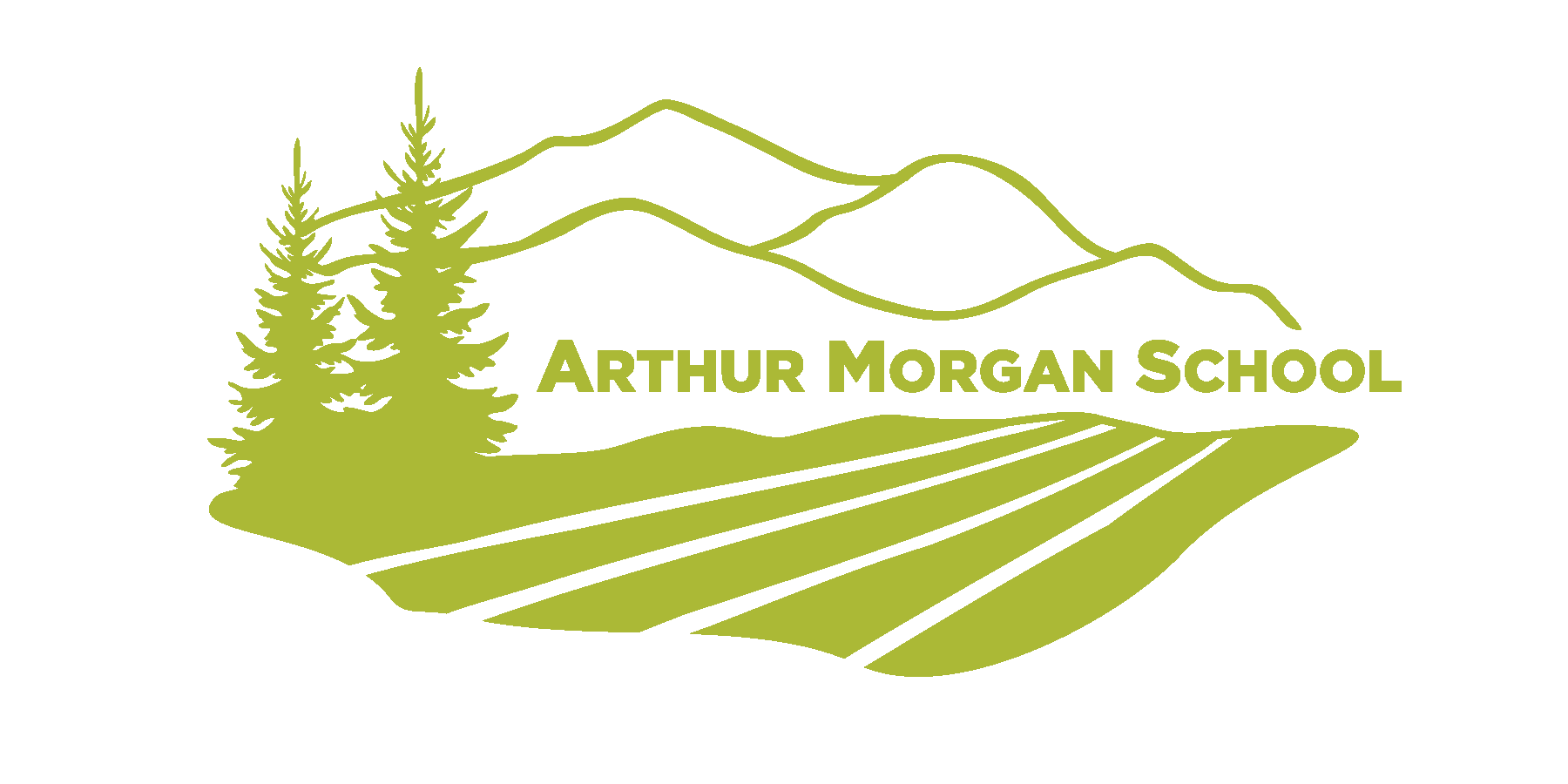Fun Middle School Writing Activity (Inspired by Seinfeld)
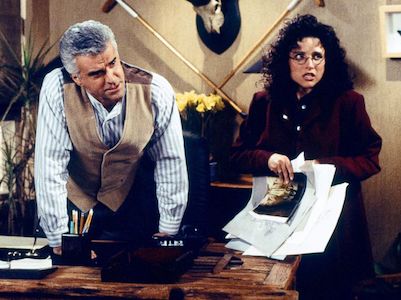
Writing prompts are a large part of almost every middle school Language Arts class. Asking young adolescents which historical period they would visit in their time machine or what famous person they would switch places with is a great way to inspire their creativity while getting them to think about what’s important to them. These writing prompts are tried and true and will almost certainly lead to some fantastic writing.
However, as COVID-19 keeps schools closed, these unique times call for tools that do more. Writing prompts that ask them how they are affected by the virus are a start, but middle schoolers want to interact with people. At Arthur Morgan School, I offer my students a fun middle school writing activity that accomplishes just that. It’s called The Foreshadow and is inspired by the sitcom, Seinfeld, no less.
J. Peterman and His Amazing Descriptions
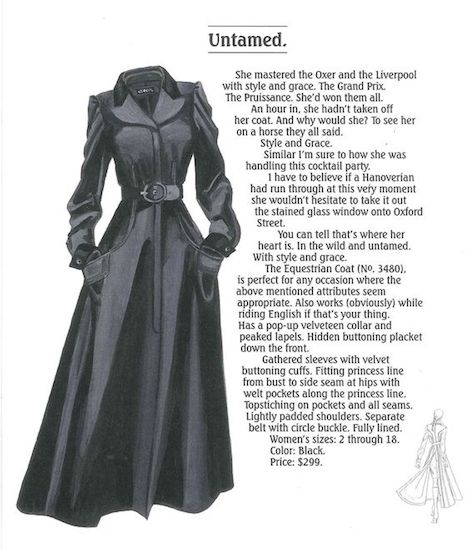 For four seasons, John Peterman was a reoccurring minor character on Seinfeld. Played by John O’Hurley, the character was a pompous, theatrical caricature of the real life entrepreneur who started the J. Peterman Company. In the show, O’Hurley would interrupt conversations with descriptive tangents about everyday, mundane moments. They were an exaggeration of the marketing techniques J. Peterman Company actually uses in their clothing catalogs.
For four seasons, John Peterman was a reoccurring minor character on Seinfeld. Played by John O’Hurley, the character was a pompous, theatrical caricature of the real life entrepreneur who started the J. Peterman Company. In the show, O’Hurley would interrupt conversations with descriptive tangents about everyday, mundane moments. They were an exaggeration of the marketing techniques J. Peterman Company actually uses in their clothing catalogs.
Although they may seem a little over the top for the aim of selling button down shirts, these descriptive portraits actually make the perfect writing exercises. They are full of sensory description and tell a story in just a few lines. By practicing the technique, students learn how to create a scene and engage audiences with very few words. They really need to think about the feelings they want convey and then consciously choose words that build their desired effect.
Making It Accessible to Middle Schoolers
To make the lesson more accessible to middle schoolers, I replaced the described subject with real life people instead of clothing. This change encourages middle schoolers to be more social, something they want to do anyway. They need to interview people and learn about their interests and passions. Then, they turn that information into fun, descriptive paragraphs that typically delight both the writer and their subjects.
When students at AMS write their descriptions, we call them Foreshadows. Each description usually portrays its subject in some fantasy world where they are the hero of their own epic journey. Since the descriptions are inspired by the answers given by the interviewees, our students like to imagine that these bits of writing are windows into each other’s future, adding a mystical element to an already fun exercise.
Here is an example:
“First jogging through the woods, then the cold snow and ice of the arctic, suddenly the terrain changes again. Now, he is running up the steep slope of a mountain, the white monster gaining on him. All of a sudden, he trips, falls, and cuts his hand on something: an arrowhead! The bear is on him now! Kevin picks up the arrowhead and throws it with all his might!”
Project Description
The goal of The Foreshadow is to create a collection of descriptive vignettes. Each vignette is about a person that the student has previously interviewed. The students form their own questions, conduct the interview, and then take what they learned to write their literary portraits. The vignettes must effectively describe the subject, a setting, and some action that reflects the subject’s personality and interests.
One of the best things about The Foreshadow is that it can be done remotely. Students can interview their subjects over the phone or video chat. Besides that, most of the work is done on their own. At the project’s conclusion, I recommend your student read their descriptive collections aloud to their subjects. It makes for a more celebratory end and adds a dramatic flare.
Project Goals
While completing this project you can expect students to practice the following skills:
- pre-planning to determine which questions they should ask
- active listening
- taking notes
- creative thinking
- sensory description for subjects and locations
- intertwining descriptive language with action
- word smithing and vocabulary building
- editing
- theatrical reading
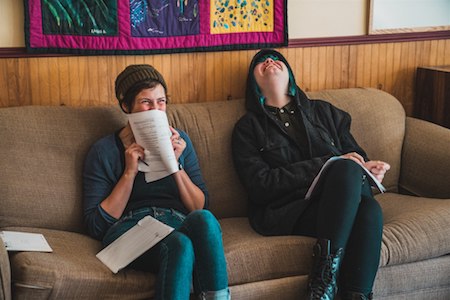
Timeline
At AMS, students do this project over the course of two weeks. They spend a couple days perfecting their questions and then the rest of their week conducting their interviews. They write the first drafts of their descriptions over the weekend and then spend the second week editing, rewriting and assembling their descriptions into a single document. If they have time, they sometimes illustrate their final document with imagery taken from their descriptions.
Set Up
A great first step is to actually introduce them to the actual J. Peterman catalog. The company’s website features descriptions about each article of clothing. Have your student read a few out loud and tell you what they hear in them. Discuss how each vignette tells a story instead of just describing the clothing.
Now that they understand their end goal, they can get started. Pick a number of descriptions that you want your student to write. It won’t take long to write each portrait, but interviewing people and editing can be time consuming. I recommend five people to start. If they are enjoying the exercise, they can always add more.
Students should pick the people they want to interview ahead of time. They should ask the people they choose if they are willing to be interviewed and written about in a creative way. People sometimes don’t always enjoy having their lives turned into fiction, so students should make their list longer than their desired number of descriptions. They should also be coached not to take it offensively if someone turns them down.
Interviewing their Subjects
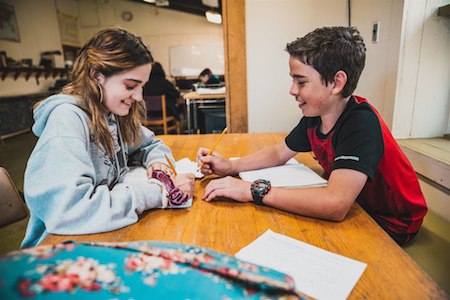 Have your students decide on questions beforehand. They want questions that will inform them on their subjects’ interests and favorite things to do. They can also ask them about things they dislike. To keep the project fun and uplifting for all participants I recommend you set up your students to keep their descriptions of their subjects positive. However giving their subjects obstacles to overcome or a villain to vanquish always makes for some good drama, so knowing their dislikes is also helpful.
Have your students decide on questions beforehand. They want questions that will inform them on their subjects’ interests and favorite things to do. They can also ask them about things they dislike. To keep the project fun and uplifting for all participants I recommend you set up your students to keep their descriptions of their subjects positive. However giving their subjects obstacles to overcome or a villain to vanquish always makes for some good drama, so knowing their dislikes is also helpful.
Questions can be tailored for each subject. The goal is not just to get a list of preferences, but also a sense of who they are deep down. For example, if your student knows their subject likes to ski, asking them to describe what it’s like to zoom down a hill may provide deeper insight into what inspires them.
To keep the project fun and uplifting for all participants we recommend you set up your students to keep their descriptions of their subjects positive.
Students should record the responses to their questions, but they should also take notes about their subjects’ eye color or clothing choices. All of these details will help improve their descriptions. Students may feel tempted to give their subjects written surveys to fill out instead of actually talking with them. I recommend making them do live interviews. It’s good experience for them to formally talk with someone and conversation will lead to unexpected details that might be missed in a written survey.
Translating their Interviews into Words
Once all their interviews are done, the student should take their notes and write a paragraph about each subject. It will be tempting for them to just provide a description of their interviewees, but that would miss the point of the exercise. Their vignettes should tell a story. The descriptive details are there to bring their story to life.
To start, they should strive for 15-20 sentences for each paragraph.They will pare pare them down in the editing phase. While the J. Peterman catalog’s vignettes can be much longer, the point of this exercise is to tell a descriptive story briefly. By the end, lots of my students are able to do edit their portraits down to just five to six sentences.
AMS has plenty more fun middle school writing activities!
Learn More!
They don’t need to tell a complete story. Often students like to end their descriptions on a cliff hanger. This is a great practice as it teaches them to think about how their audience will react when reading their prose. Other times, students do tell complete stories which demonstrates how they can convey lots of information with just a few words.
I encourage my students to write all their descriptions before editing any of them. This allows their creativity to flow freely before worrying about word choices. It’s okay if they don’t include enough description at first. They can easily add more during the editing phase.
Making It Even More Fun
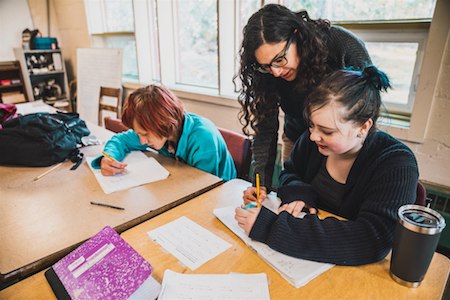 Students also don’t have to include their subjects’ names in their vignettes. While it is great to do so, it is also fun for the descriptions to be more mysterious. Then their subjects need to guess who they are describing. This tactic provides your student with natural feedback as to whether their writing accomplishes its goal in describing their interviewees effectively.
Students also don’t have to include their subjects’ names in their vignettes. While it is great to do so, it is also fun for the descriptions to be more mysterious. Then their subjects need to guess who they are describing. This tactic provides your student with natural feedback as to whether their writing accomplishes its goal in describing their interviewees effectively.
Some students will have one of subject show up into other interviewee’s description. While not necessary, this trick can provide a connected feel between all their different vignettes. Instead of just describing separate people, they are now building an entire world.
Editing
Once all their vignettes are written, review and edit them. Check for grammar obviously, but also use this opportunity to talk to your student about their writing style. I use this moment to show students how adjectives can enhance writing, instead of just serving as basic descriptors. I teach them to pull out unnecessary actions to demonstrate how powerful specificity can be.
This is also a great project in which to improve a student’s vocabulary. They may need a word that they don’t know yet to describe their subject or what they are doing in as few words as possible. My students often complete this project with a stronger vocabulary than when they started.
Bringing It All Together
Once you and your student are satisfied with all the descriptions, put them together in a single document. If the vignettes interconnect in some way, make sure your student thinks about how to order them. Sometimes students choose different fonts for each description, though the font should support the feeling they are trying convey.
If students want to express themselves artistically, they can add illustrations to the pages. This addition makes for a beautiful finished product and also adds interconnectivity between the different portraits. Some students choose to illustrate while others prefer their words to paint the pictures. Either way, The Foreshadow is a fun exercise that will improve your middle schooler’s writing while inspiring lots creativity thought and social interaction.
– by Nicholas Maldonado
